Western Bulk Herbs – Whole Bilberries
Latin Name:
Vaccinium myrtillus
grows abundantly in our heathy and mountainous districts, a small branched shrub, with wiry angular branches, rarely over a foot high, bearing globular wax-like flowers and black berries, which are covered when quite ripe with a delicate grey bloom, hence its name in Scotland, ‘Blea-berry,’ from an old North Countryword, ‘blae,’ meaning livid or bluish. The name Bilberry (by some old writers ‘Bulberry’) is derived from the Danish ‘bollebar,’ meaning dark berry. There is a variety with white fruits.
The leathery leaves (in form somewhat like those of the myrtle, hence its specific name) are at first rosy, then yellowish-green, and in autumn turn red and are very ornamental. They have been utilized to adulterate tea.
Bilberries flourish best on high grounds, being therefore more abundant in the north and west than in the south and east of England: they are absent from the low-lying Cambridgeshire and Suffolk, but on the Surrey hills, where they are called ‘Hurts,’ cover the ground for miles.
The fruit is globular, with a flat top, about the size of a black currant. When eaten raw, they have a slightly acid flavour. When cooked, however, with sugar, they make an excellent preserve. Gerard tells us that ‘the people of Cheshire do eate the black whortles in creame and milke as in these southern parts we eate strawberries.’ On the Continent, they are often employed for colouring wine.
Stewed with a little sugar and lemon peel in an open tart, Bilberries make a very enjoyable dish. Before the War, immense quantities of them were imported annually from Holland, Germany and Scandinavia. They were used mainly by pastrycooks and restaurant-keepers.
Owing to its rich juice, the Bilberry can be used with the least quantity of sugar in making jam: half a pound of sugar to the pound of berries is sufficient if the preserve is to be eaten soon. The minuteness of the seeds makes them more suitable for jam than currants.
[Top]
—Constituents—Quinic acid is found in the leaves, and a little tannin. Triturated with water they yield a liquid which, filtered and assayed with sulphate of iron, becomes a beautiful green, first of all transparent, then giving a green precipitate.
The fruits contain sugar, etc.
—Medicinal Action and Uses—The leaves can be used in the same way as those of UvaUrsi. The fruits are astringent, and are especially valuable in diarrhoea and dysentery, in the form of syrup. The ancients used them largely, and Dioscorides spoke highly of them. They are also used for discharges, and as antigalactagogues. A decoction of the leaves or bark of the root may be used as a local application to ulcers, and in ulceration of the mouth and throat.
The fruit is helpful in scurvy and urinary complaints, and when bruised with the roots and steeped in gin has diuretic properties valuable in dropsy and gravel. A tea made of the leaves is also a remedy for diabetes if taken for a prolonged period.
—Dosages—Of powder of the berries, 4 grammes. Of syrup, 60 grammes to a litre of water. Of fluid extract, 1/2 to 2 drachms.
—Other Species—V. arboreum, or Farkleberry. This is the most astringent variety, and both berries and root-bark may be used internally for diarrhoea, chronic dysentery, etc. The infusion is valuable as a local application in sore throat, chronic ophthalmia, leucorrhoea, etc.
V. resinosum, V. damusum, and V. gorymbosum have properties resembling those of V. myrtillus.
The Bog Bilberry ( V. uliginosum) is a smaller, less erect plant, with round stems and untoothed leaves, greyish green beneath. Both flowers and berries are smaller than those of the common Bilberry. This kind is quite absent in the south and only to be found in mountain bogs and moist copses, in Scotland, Durham and Westmorland.
The berries of both species are a favourite food of birds.
The ‘Huckleberry’ of North America, so widely appreciated there, is our Bilberry – the name being an obvious corruption of ‘Whortleberry.’
[Top]
RECIPE
—Recipe for Bilberry Jam—
Put 3 lb. of clean, fresh fruit in a preserving pan with 1 1/2 lb. of sugar and about 1 cupful of water and bring to the boil. Then boil rapidly for 40 minutes. Apple juice made from windfalls and peelings, instead of the water, improves this jam. To make apple juice, cover the apples with water, stew down, and strain the juice through thick muslin. Blackberries may also be added to this mixture.
If the jam is to be kept long it must be bottled hot in screw-top jars, or, if tied down in the ordinary way, more sugar must be added.
Bilberry juice yields a clear, dark-blue or purple dye that has been much used in the dyeing of wool and the picking of berries for this purpose, as well as for food, constitutes a summer industry in the ‘Hurts’ districts. Owing to the shortage of the aniline dyestuffs formerly imported from Germany, Bilberries were eagerly bought up at high prices by dye manufacturers during the War, so that in 1917 and 1918 a large proportion of the Bilberry crop was not available for jam-making, as the dyers were scouring the country for the little blue-black berries.
Common Names:
Parts Used:
Properties:
Traditional Uses:
Tea or tincture, and sometimes in capsules
Topical Uses / Applications:
Culinary Uses:
Folk Lore:
Chemical Properties:
Cautions:
GRAS: Generally Recognized as Safe. This herb can be safely consumed when used appropriately.
*Disclaimer: These statements have not been evaluated by the Food and Drug Administration. This product is not intended to diagnose, treat, cure or prevent any disease.
Resources:
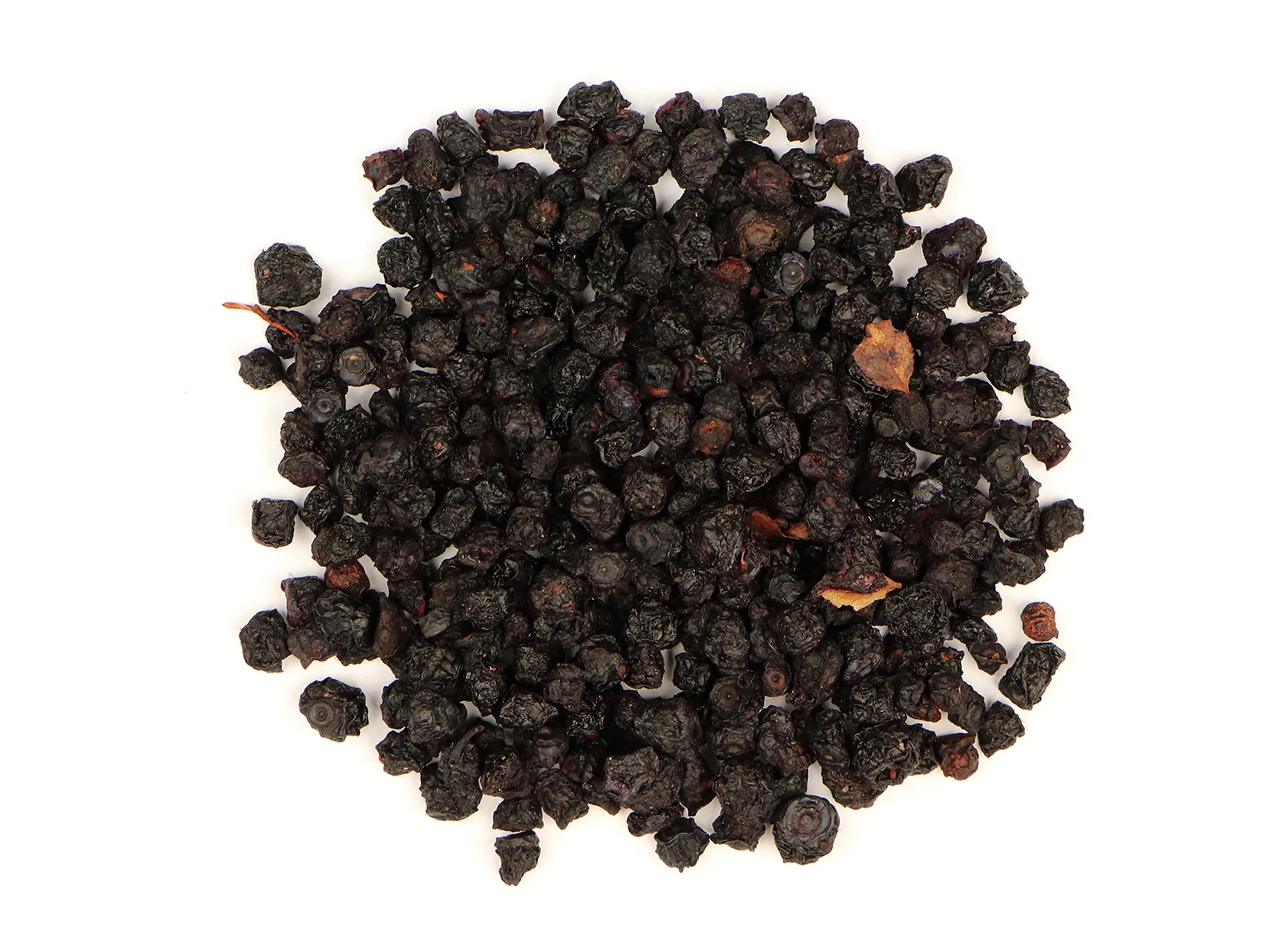
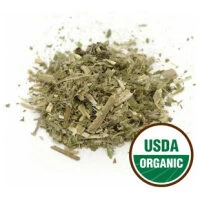
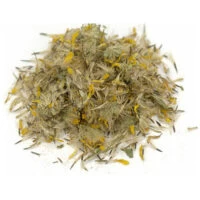
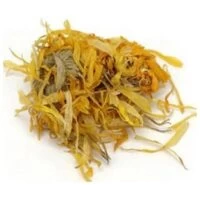
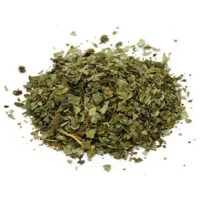
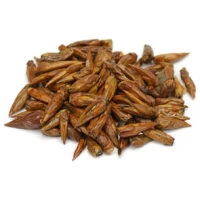
Reviews
There are no reviews yet.